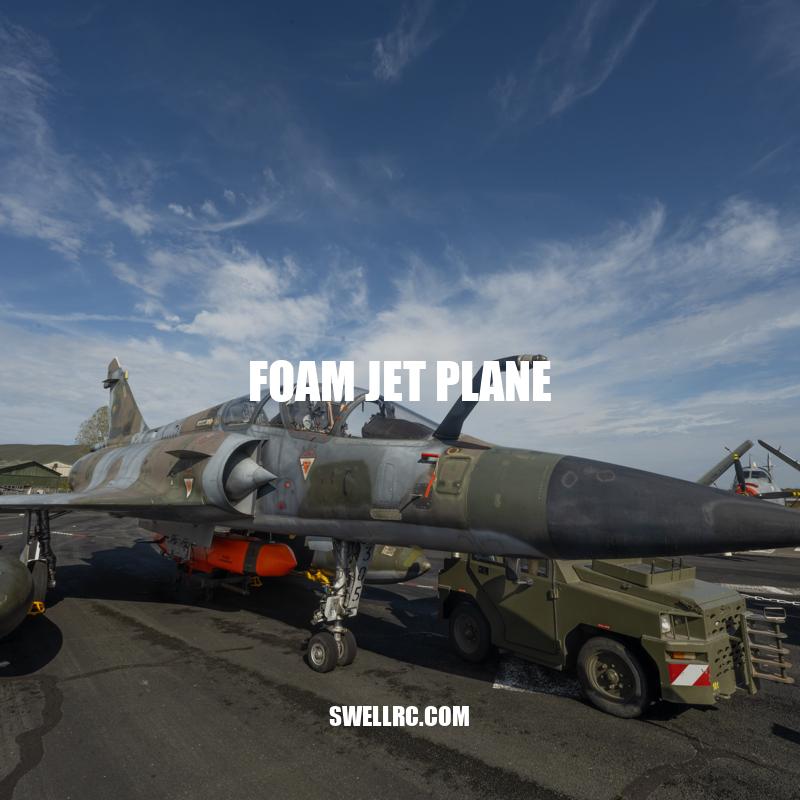Building a Foam Jet Plane: Design, Assembly, and Flight Characteristics
Foam jet planes are becoming increasingly popular among aviation hobbyists. This lightweight, versatile aircraft has found a place in the hearts of many aviation enthusiasts. The foam jet has a design process that offers the capabilities of building and customising the aircraft to suit personal preferences. The planes are available for beginners as well as experts, where they can have different advanced features. Foam planes are affordable and can further offer endless hours of fun for enthusiasts, with the benefit of having the hobby of building and flying a plane. The foam material used in the plane’s design process further enhances the plane’s capabilities, providing a lightweight and sturdy aircraft capable of challenging the typical Rc planes in performance.
Use of foam sheets in creating a lightweight and customizable foam jet plane
- The Design Process
- Use of foam sheets to create the body of the plane
- The body is coated with adhesive to create a sturdy form
- Cutting tools such as utility knives are used to cut the foam sheets into the correct shape
- A 3D modeling software may be used to create a scaled model of the aircraft before building it
- Materials have to be lightweight to ensure the plane can achieve optimal performance
Assembling the foam jet plane can be a challenging undertaking, but it’s an exciting DIY project. Most of the tools required to build a foam jet plane are readily available in hobby shops, and enthusiasts can use many build guides available on different websites such as Flite Test, to assemble the plane. The process usually starts with cutting out a calibrated shape for the wings, fuselage, and tail, then joining all these parts. Building a foam jet plane gives hobbyists the room for creativity and personal preferences. The process of building the plane takes a few hours to multiple days, depending on the level of difficulty assigned to the building process.
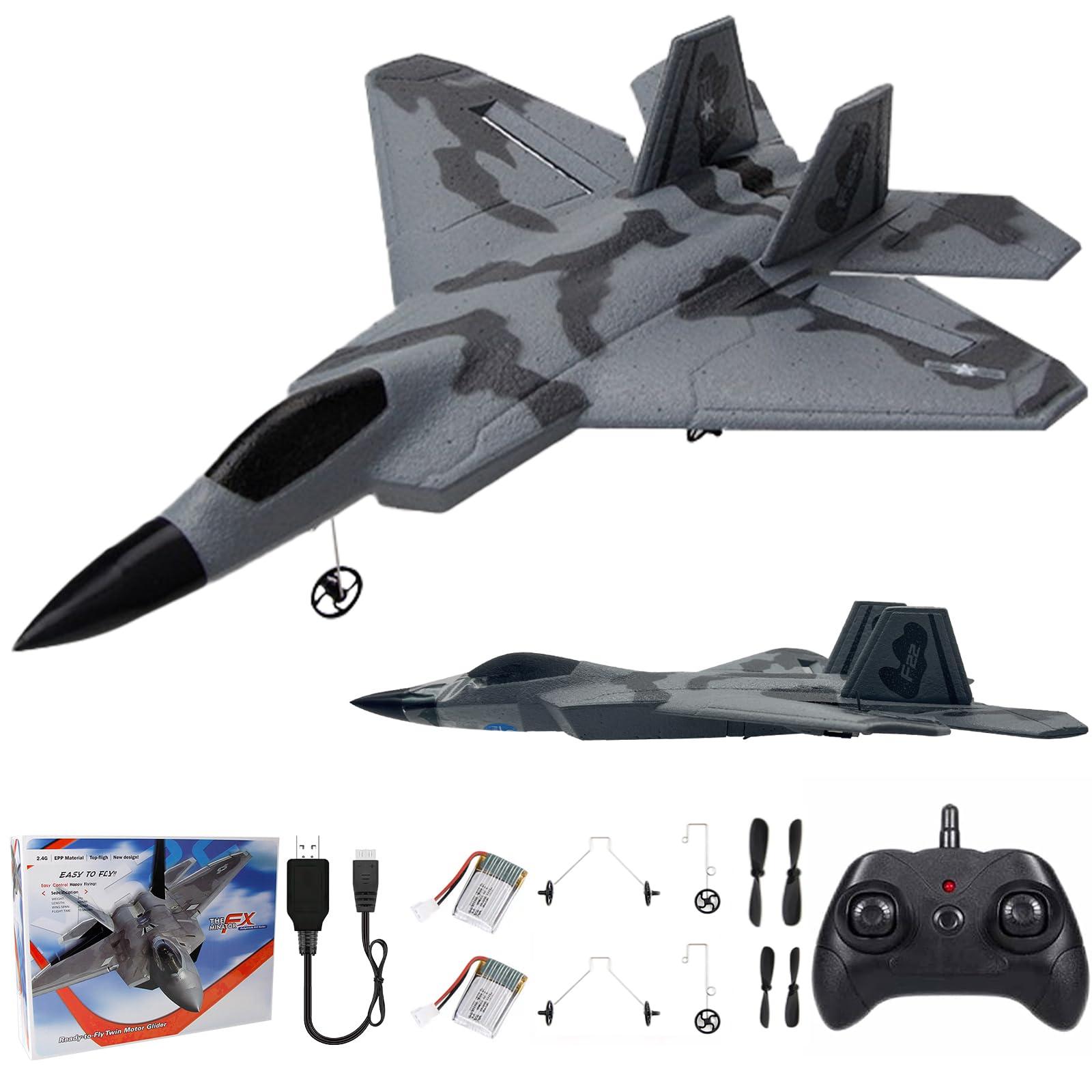
What tools are required to assemble a foam jet plane?
The tools required to assemble a foam jet plane can vary depending on the specific kit, but common tools include scissors, an X-Acto knife, glue or adhesive, a ruler or measuring tape, and sandpaper.
Building a Foam Jet Plane: A Straightforward DIY Project
Assembling a foam jet plane is easier than some enthusiasts think. Although it may seem daunting, the process is quite straightforward and requires basic DIY skills. Most enthusiasts only require a few essential tools and can access many online step-by-step tutorials on websites such as Instructables and YouTube.
The below table summarizes the steps of building a foam jet plane:
| Steps | Description |
|---|---|
| Step 1 | Cut the foam sheets |
| Step 2 | Join the wings, tail, and fuselage |
| Step 3 | Installing Radio Control Gear and Hinges |
| Step 4 | Connect servos and motor with the battery |
| Step 5 | Attach the engine and propeller |
| Step 6 | Test the plane’s controls and adjust the settings |
Building a foam jet plane is a hobby that’s beginning to appeal to all ages across the globe. The feeling of satisfaction and excitement when a plane flies for the first time is unparalleled. The hobby has fostered communities where enthusiasts share experiences about building foam jet planes and related knowledge. Most importantly, the foam jet planes design makes it easy to customize and modify.
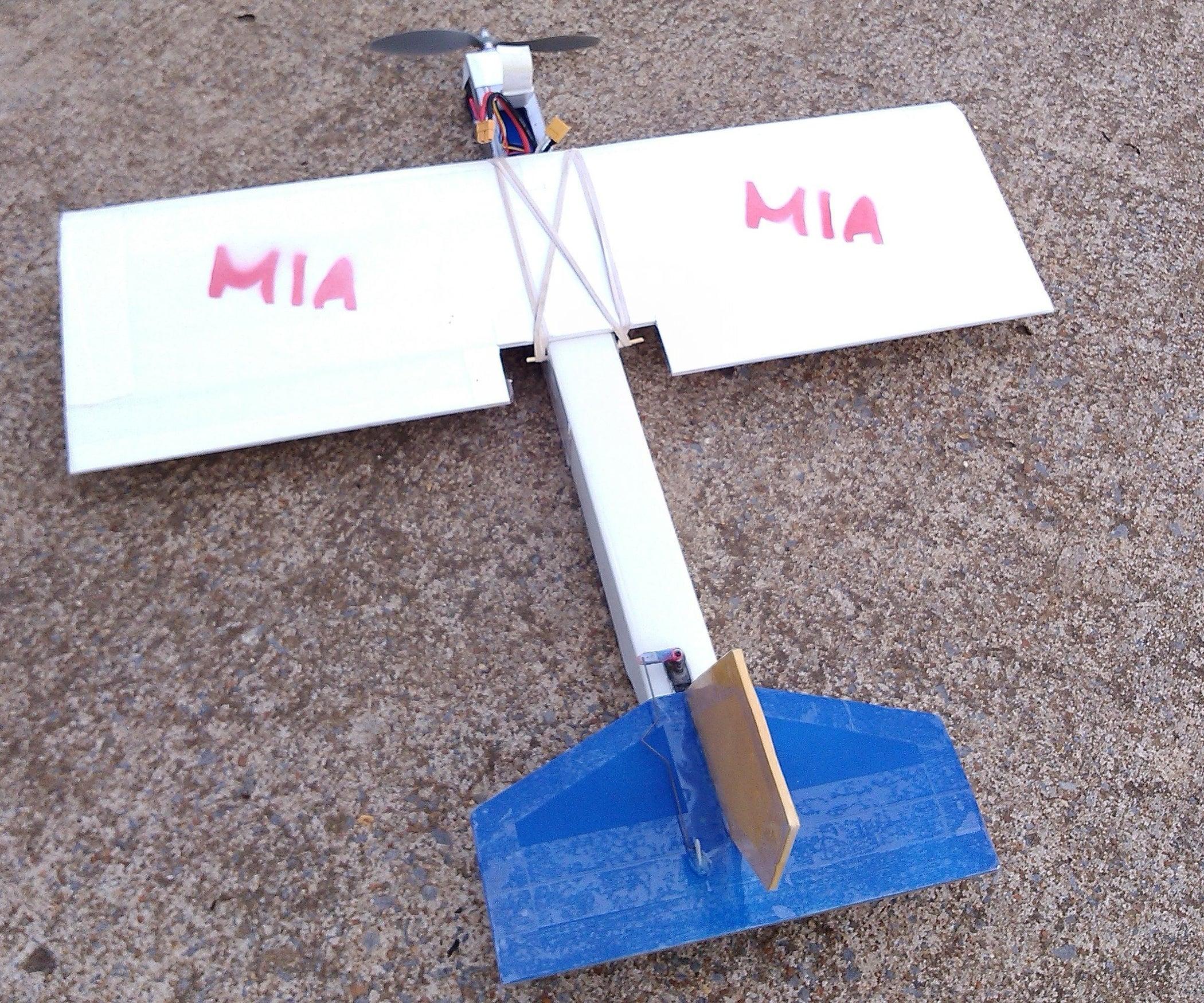
What tools are needed to build a foam jet plane?
Some tools needed to build a foam jet plane include a foam cutting tool, sandpaper, adhesive, paint, servos, and a radio transmitter.
Unleashing the Potential: Improving Foam Jet Plane Capabilities
The foam jet plane‘s flight characteristics are one of the most exciting aspects of this hobby. The plane’s lightweight material and aerodynamic design make it swift and manoeuvrable in the air. The plane’s size and weight have a direct impact on its speed and agility, and therefore, pilots must find a balance between weight and flight characteristics that suit their level of expertise best. Most foam jet planes can attain speeds of up to 100 mph, making them outliers in the world of model planes. With the proper control, the foam jet plane can perform different aerobatic stunts like loops, rolls, and inverted flight, making it a bit of a daredevil. Foam jet plane designers are continuously working to improve the plane’s capabilities. On websites like RC Groups and Flite Test, enthusiasts can share ideas and improvements they’ve made to their foam jet planes.
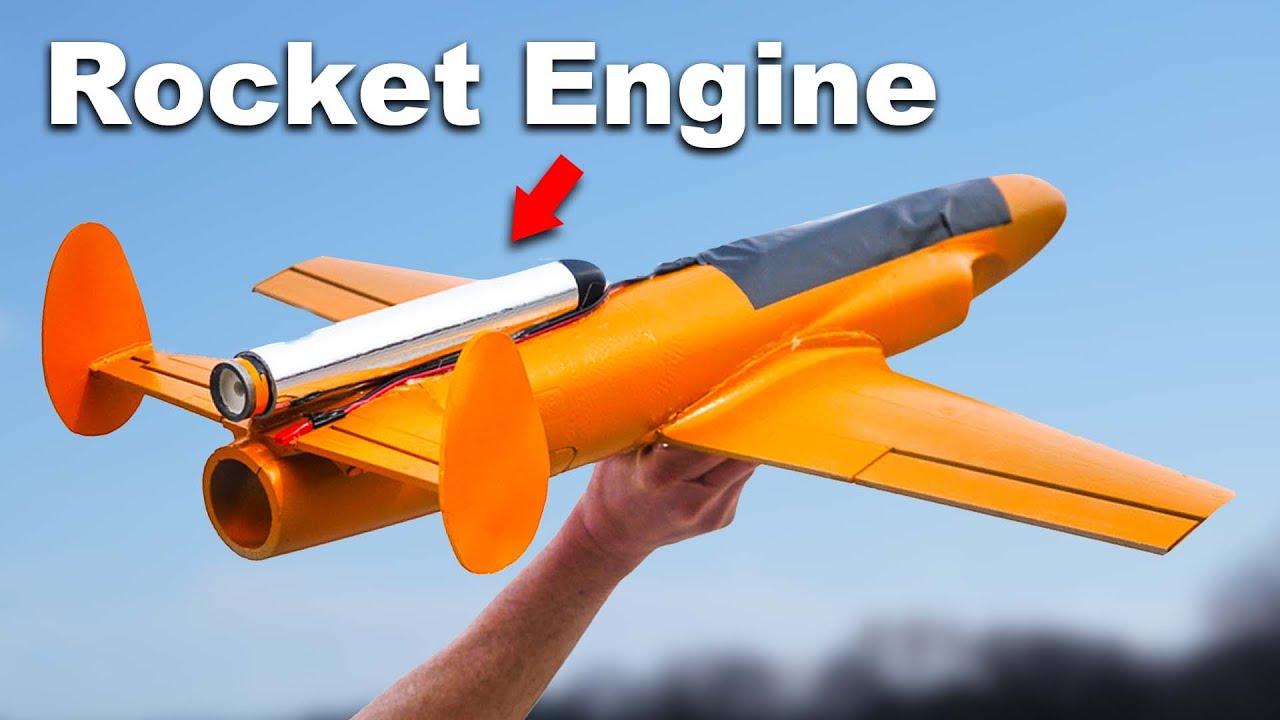
What kind of aerobatic stunts can a foam jet plane perform?
A foam jet plane can perform various aerobatic stunts such as loops, rolls, spins, and inverted flight.
Advancements in Foam Jet Planes: Technological and Building Innovations
- Advancements in Foam Jet Planes
- Technological advancements have led to the creation of more powerful engines
- Advanced foam jet planes have features like camera mounts and GPS systems
- Some planes come with built-in gyroscopes for better stability
- Remote control systems now have longer ranges and better connectivity
- New software enables pilots to program the plane to perform specific manoeuvres autonomously
- The use of 3D printers has revolutionized the building process
Advancements in foam jet planes have been influenced by technological developments in relevant areas. For instance, more powerful engines can sustain high speeds and improve the plane’s overall performance. Advanced foam jet planes come with built-in features like camera mounts and GPS systems that enable pilots to make better flight decisions and capture high-quality images during flights. Also, some planes have built-in gyroscopes that offer better stability in windy or turbulent conditions. Remote control systems are now more advanced and have better connectivity, allowing pilots to fly their planes from longer distances. New software enables pilots to program the plane to perform specific manoeuvres autonomously, reducing the risk of pilot error. The use of 3D printers has made it easier to build foam jet planes by producing more accurate and precise parts. Online resources like Foamflyer.info provide enthusiasts with manuals and tips on building and flying foam jet planes.
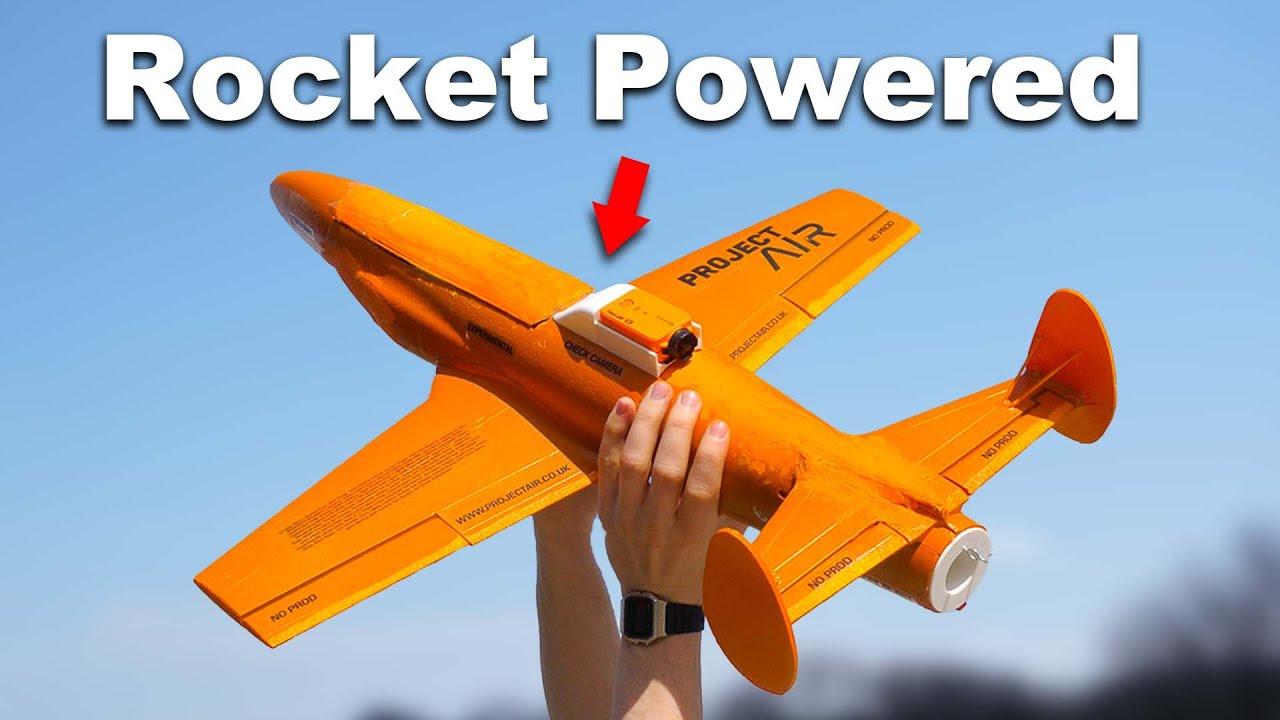
What features do advanced foam jet planes come with?
Advanced foam jet planes come with features such as high-performance motors, sophisticated flight controllers, advanced battery systems, and aerodynamic designs for increased stability and maneuverability.
Benefits of Owning a Foam Jet Plane
There are several benefits associated with owning a foam jet plane. For instance:
- Foam jet planes are relatively inexpensive to build and maintain compared to other remote-controlled planes
- They can be operated in small spaces like backyards, allowing enthusiasts to fly them without having to visit a dedicated venue
- Flying foam jet planes can be a rewarding personal hobby. Pilots experience the thrill of flying and the satisfaction of building something from scratch
- Building foam jet planes requires creativity, patience, and technical skills, which enthusiasts can develop over time. The knowledge gained can be applied to other areas of life like DIY projects.
- Owning a foam jet plane also provides an opportunity for socialization with other hobbyists. Enthusiasts can join online forums, groups, or local clubs dedicated to the hobby. They can share ideas, tips, and experiences with like-minded people.
Online resources like Foamflyer.info provide enthusiasts with manuals and tips on building and flying foam jet planes.
Moreover, one popular model is the F-14 foam jet plane kit by Freewing. This kit comes with all the necessary components for building and flying an RC foam jet plane, including motor, ESC, servos, and more. It has a wingspan of 64 inches and is made from durable EPO foam. The F-14 is known for its speed and agility, and many hobbyists enjoy flying it at high speeds and performing aerial maneuvers.
Lastly, when it comes to operating foam jet planes, safety should be a top priority. Pilots must follow all guidelines and regulations for flying RC planes, such as keeping an adequate distance from people, animals, and buildings. It is also essential to inspect the foam jet plane for any damage or defects before flying and to use the proper equipment, such as a transmitter and battery charger. By following these precautions, hobbyists can enjoy the excitement of flying their foam jet planes while staying safe.
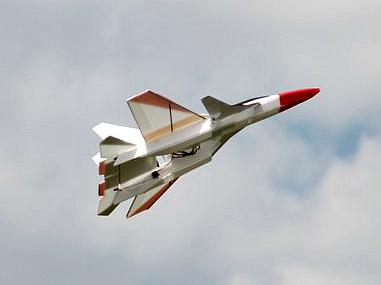
Where can enthusiasts find online resources and manuals for building and flying foam jet planes?
Enthusiasts can find online resources and manuals for building and flying foam jet planes on various websites and forums dedicated to remote control aircraft hobbyists.
Foam jet planes have become a mainstream phenomenon in the field of aviation hobbyists. The ability to design and build your plane, combined with the affordability and accessibility of owning one, makes it an appealing option for many enthusiasts. The ease of operation and ability to fly the planes in small spaces makes it a versatile and in-demand product. The technological advancements in the field have also enabled the development of more sophisticated foam jet planes, making it an increasingly exciting hobby.
As the popularity of foam jet planes continues to rise, there’s no doubt that we’ll see more advancements in the field. It’ll be exciting to see how these developments usher in a new era of hobby aviation. Whether it’s for personal satisfaction, creativity, or socialization, owning a foam jet plane is a rewarding experience that’s worth exploring.
Overall, the foam jet plane has proven to be an amazing advancement in the world of aviation hobbyists. There’s no doubt that this innovative product has made it easier for enthusiasts to design, assemble and fly planes of their own. The benefits of owning a foam jet plane are immense, from creativity to affordability. It’s also a hobby that fosters socialization and helps enthusiasts develop technical skills that can be applied to various domains. It wouldn’t be a surprise if the popularity of foam jet planes continues to grow, and we see more technological advancements in the field.

